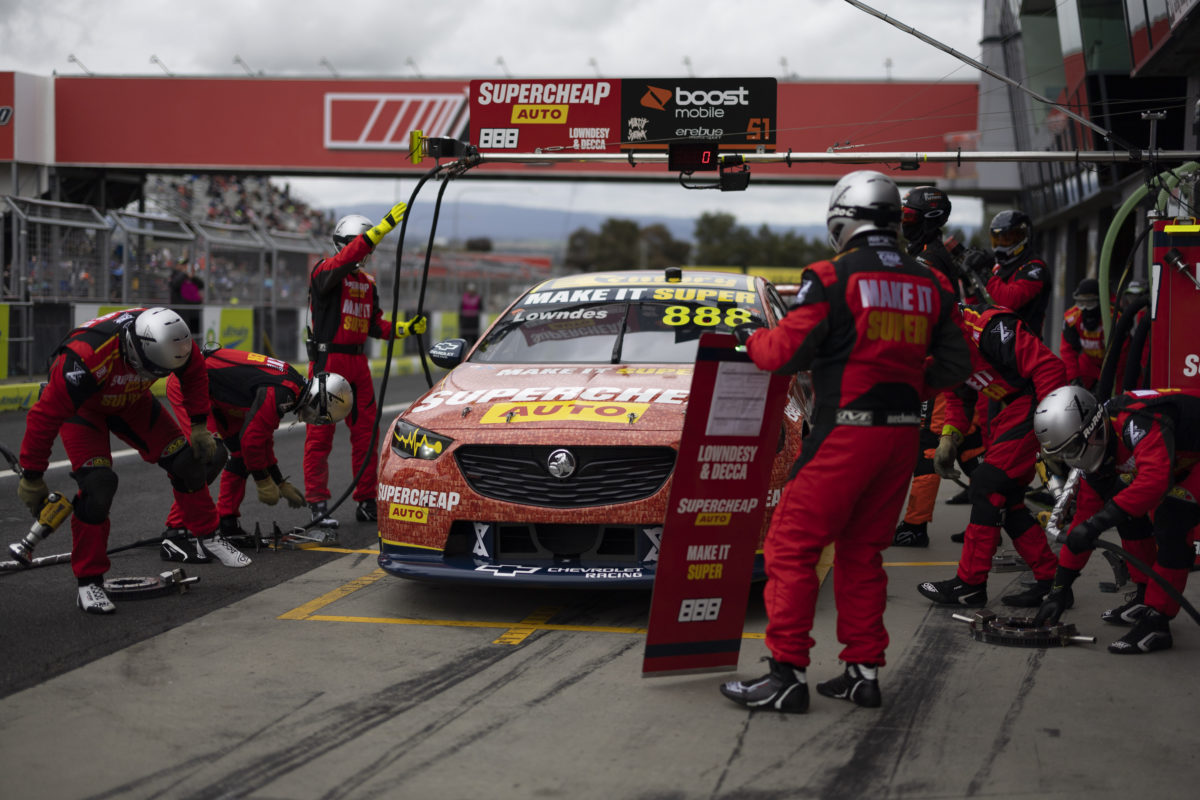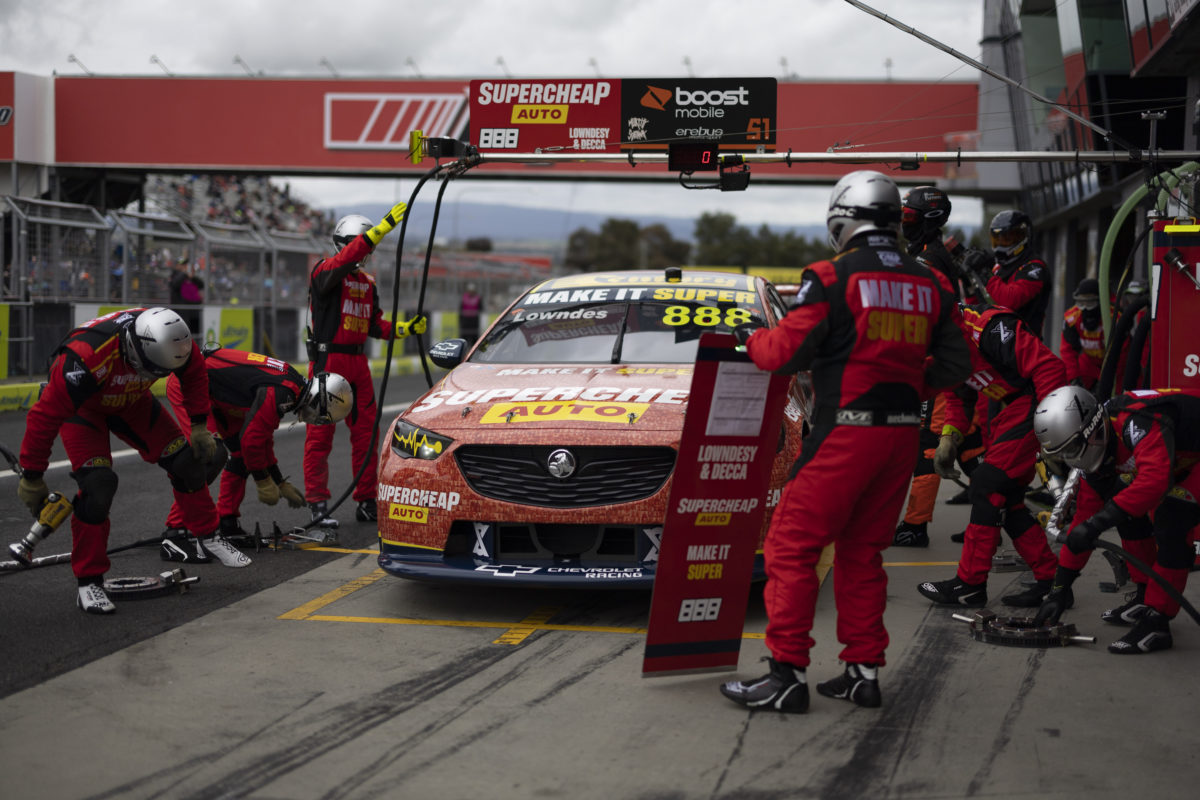

With a profound change to the sporting regulations for the Sandown 500 and Bathurst 1000, we ask what you think of Supercars’ decision, in this week’s Pirtek Poll.
It is a far cry from the Car of the Future era which spanned 2013 through 2022, when each car had to pit at least four times at Sandown and seven times at Bathurst.
Some would stop more – Tickford Racing, for example, prevailed in the 2014 Bathurst 1000 on a 13-stopper which was as unusual as that race in general – but the rules had the effect of homogenising strategy.
To be fair, that was a somewhat desired outcome, because the CPS count was introduced to compensate for a disparity in fuel consumption between the Fords and Holdens (Chevrolet engines) versus Mercedes-AMGs and Nissans.
Economy between the Fords and Chevrolets then became a question mark this year, the start of the Gen3 era, given the Mustang is now powered by a 5.4-litre quad cam engine and the Camaro by a 5.7-litre pushrod.
A reduction in CPSs would hardly have been surprising if for no other reason than a 20 percent bigger fuel cell compared to the COTF days, let alone all of the other technical changes Gen3 has brought.
However, the elimination of the CPS count altogether points to a view within the Supercars Commission that there is no material difference in fuel consumption between the Mustang and the Camaro.
Now, subject to the 54-lap minimum for each driver and three-and-half hours continuous driving time maximum (and the Bathurst brake pad change), teams otherwise have full freedom with respect to race strategy.
While precise fuel ranges for Sandown and Mount Panorama are ‘guesstimates’ right now, we are set for a return to the days which Triple Eight Race Engineering Team Manager Mark Dutton referred to, when the question at Bathurst was whether the winner would have to stop five times or could sneak home with only four.
The question might be ‘five or six?’ rather than ‘four or five?’ – although certainly not ‘six or seven?’ – but the idea is the same.
Of course, while fuel represents a strict limit on stint length, there is another real-world factor which might well be a bigger influence on strategy.
Whereas the ‘four- or five-stop?’ days were those of hard tyres, the Sandown 500 will be run on the super soft compound and the Bathurst 1000 on the soft for the first time ever.
It represents an extra variable which teams must account for, and has the potential to really mix up strategies, while increasing the jeopardy – and opportunity – created by Safety Cars.
There is the potential to create great excitement, but there is also the potential for a race to be won on strategy rather than, say, wheel-to-wheel action.
It could also be that those behind the wheel drive to a tyre-determined ‘number’ on the dashboard – as we have seen already this year – although the length of an enduro means a strategy of going hard and pitting once more than others do is also likely to be viable.
What do you think? Was removing the compulsory pit stop count the right decision or not?
Cast your vote below in this week’s Pirtek Poll.




















Discussion about this post